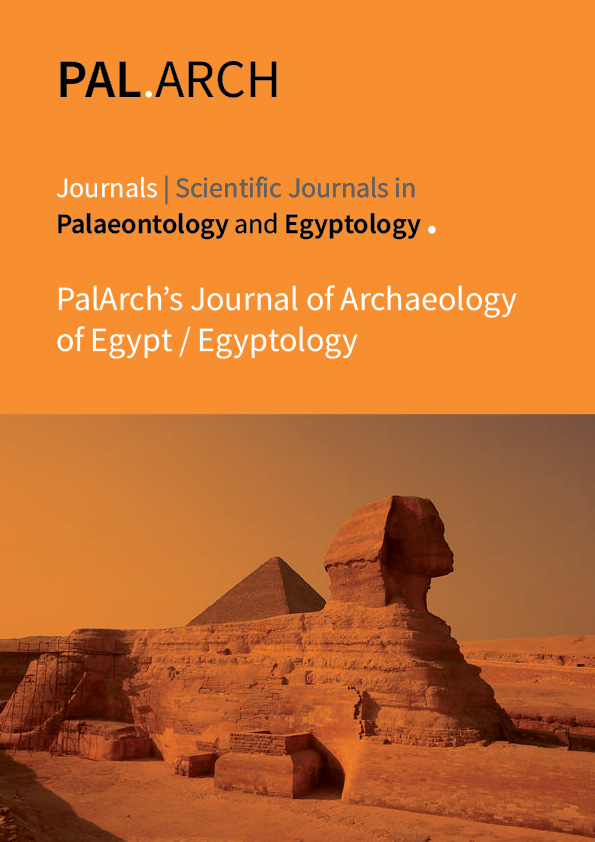THE STRUCTURE OF POWER IN NASSEERIAN IRAN
Abstract
This article studies the power structure in the Nasserian era in Iranand the structure of power in two categories like one framework of power structure and the nature of domination and authority. Characteristic of the structure of power in Iran during the Nasserian era was dictatorship. The king was the center of gravity and the distribution of power. In this structure, the government, the court, and the king were indivisible consequently, they constituted obstacles to the formation of legitimate institutions and the emergence of a bureaucratic and political structure outside the purview of the autocratic system Existing was not possible.In such a structure, develop social classes outside government was not possible. Introduction of new ideas and first attempts to reform Iran the first challenges with the power structure in Iran were in the Qajar era. On the other hand, with the rapid growth of foreign trade and the increasing collision of Iranian businessmen with the west and foreign trips and acquaintance with the achievements of western civilization They became aware of their class status and their class interestsagainst the Qajar government.



